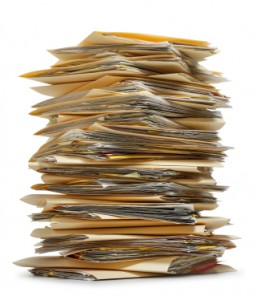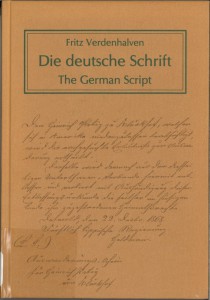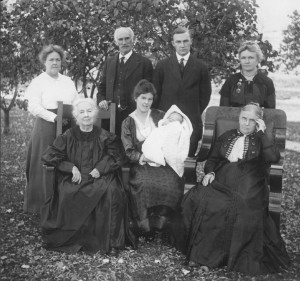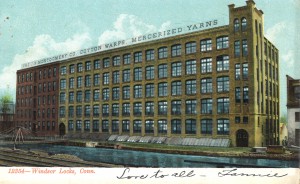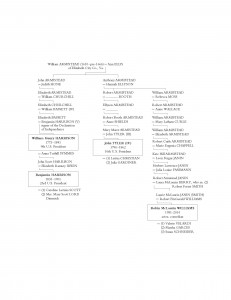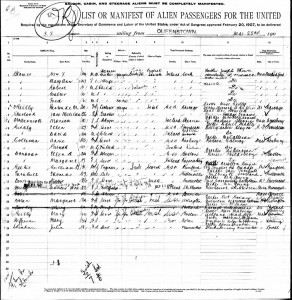
While visiting the Massachusetts Historical Society in Boston recently, I took the opportunity to look at their collection titled Charitable Irish Society Records. The Charitable Irish Society was founded in Boston, Massachusetts, in 1737, with the goal of assisting Irish immigrants in need of financial assistance or employment. It is the oldest Irish society in the United States, and is still active today. A number of the projects I work on at NEHGS involve Irish research, so I wanted to take a closer look at these records to learn more about the contents of this collection. Continue reading Hidden treasures in Immigrant Aid Society records
